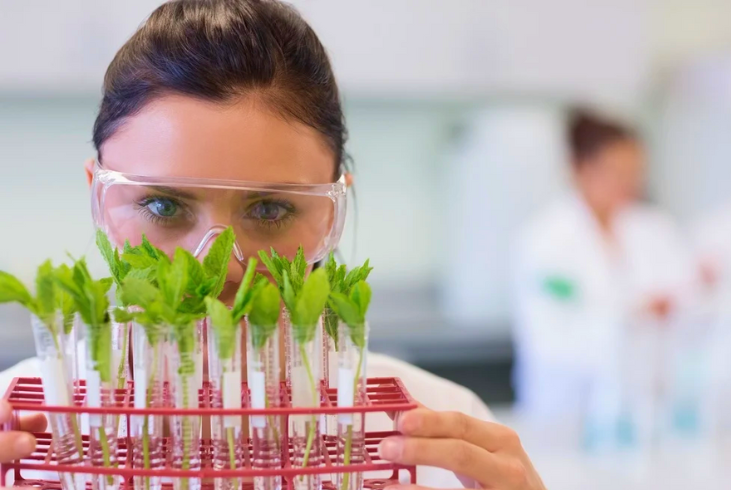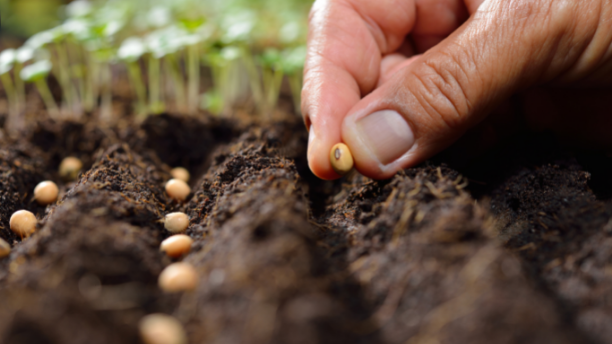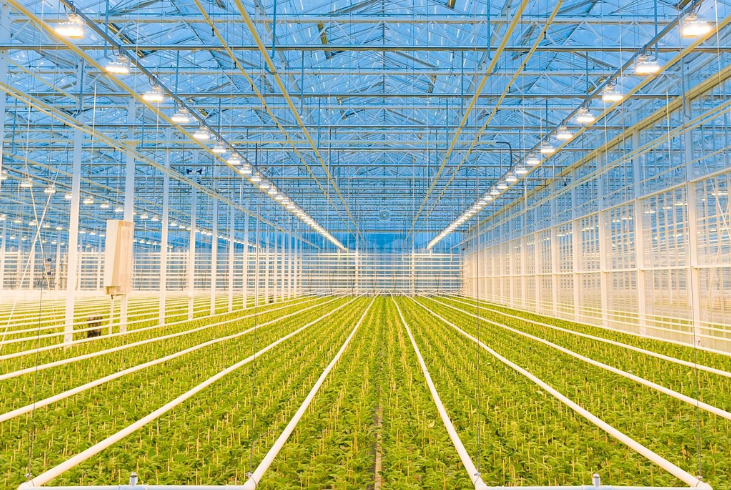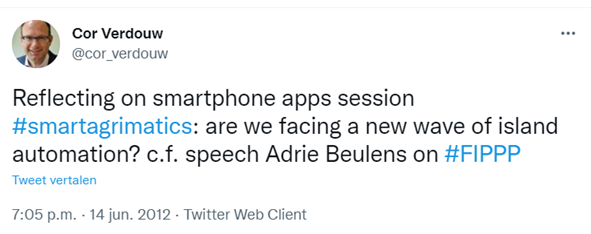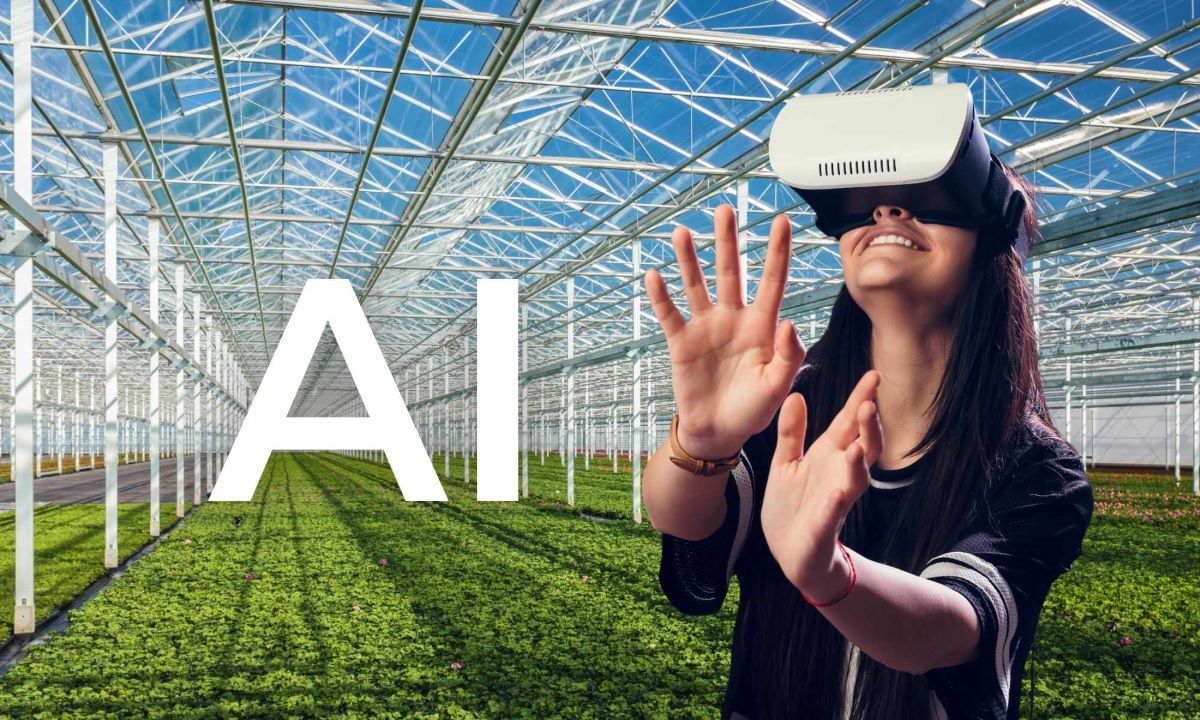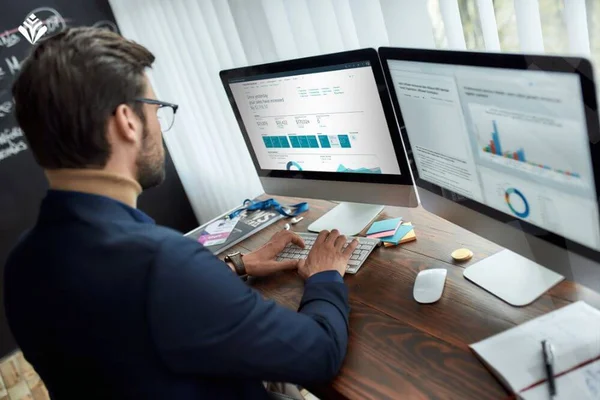Apps in horticulture: a new wave of island automation?
.png?width=72&name=Cor%20Verdouw%2c%20Innovation%20manager%20Mprise%20(1).png)

During my previous job at Wageningen Economic Research, I worked enthusiastically on programmes for digital innovation in agriculture and horticulture. It was inspiring to see how creative developers developed the most beautiful apps in a short period of time. However, many of these apps were isolated solutions that were hardly integrated with other applications within a company.
This gave me a feeling of déjà vu. I started my career at an ERP service provider. Enterprise Resource Planning (ERP) software supports the planning, monitoring and administrative processing of (virtually) all business processes in one integrated system. ERP offers a solution for so-called island automation: a patchwork of different software applications that hardly talk to each other. The result is that data has to be retyped over and over again, many errors are made and no timely and reliable management information is available. I was afraid that an explosion of apps would lead to a new wave of island automation. See the Twitter post below from 2012.
And now in 2021, that anxiety seems to have been valid. In his Mansholt lecture, WUR researcher and (former) colleague Sjaak Wolfert raises the alarm about the proliferation of apps that are impeding the digitalisation of the agricultural and food sector. He underlines the following:
Businesses need integrated management support. Thus, an app may be useful, but only if it is compatible with other apps and the underlying larger information systems the company already uses. If this is not the case, advantages quickly give way to disadvantages of, for example, increased administrative burdens.
Sjaak Wolfert, Wageningen University & Research
Agriware apps part of integrated business software
At Mprise Agriware we completely agree with this vision. As a specialist in integrated business software, we invest a great deal of time and energy in the integration of our apps into our ERP solution. The apps for the shop floor (Agriware 365 Operations) and the business software for the office (Agriware 365 Business Central) are part of one integral, consistent data model. Under the bonnet, our apps run on a single data platform and data exchange is standardised in APIs. As a result, the apps in Operations not only work seamlessly with each other and with Business Central, but they can also be easily linked to other software solutions. Moreover, Agriware Analytics makes it easy to combine data from the apps with data from Business Central and other systems, enrich it with smart algorithms and present it in user-friendly dashboards. This integrated solution enables data-driven horticulture in which employees in the greenhouse, field and office cooperate effectively.
Seamless collaboration between greenhouse, field and office
For example: a production manager sends scheduled work orders from Business Central to our Work App. The actuals registered in the app are immediately available to update the production planning.
Another example: the Inspect App uses templates from Business Central and synchronises executed inspections in real-time. This allows the work planner to immediately schedule a follow-up action in Business Central and to send the corresponding work order to the task list in the Work App of the employee concerned.
A final example: the production manager has a real-time dashboard with data in which the actual and expected lead times, scrap percentages, yields and cost prices are visible per job. This dashboard is continuously fed with data from the apps, Business Central and external systems.
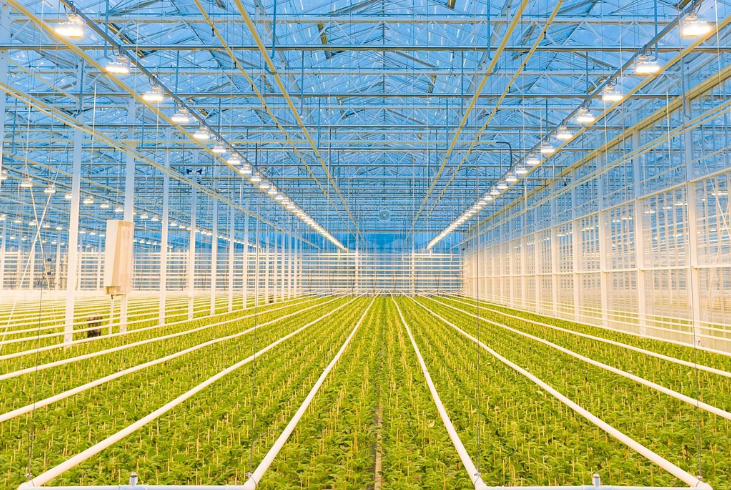
If you want to go far, go with integrated apps!
In short, our apps are not 'stand alone' solutions but an integral part of our Agriware solution. Data is registered once at the source and is then immediately available for the entire organisation. This is efficient, less prone to errors and ensures up-to-date and reliable management information. This makes it possible to work from your planning in the field and to immediately make adjustments in the office if necessary. In other words: with 'stand-alone' apps you may go faster, but with integrated apps you will go (much) further!

